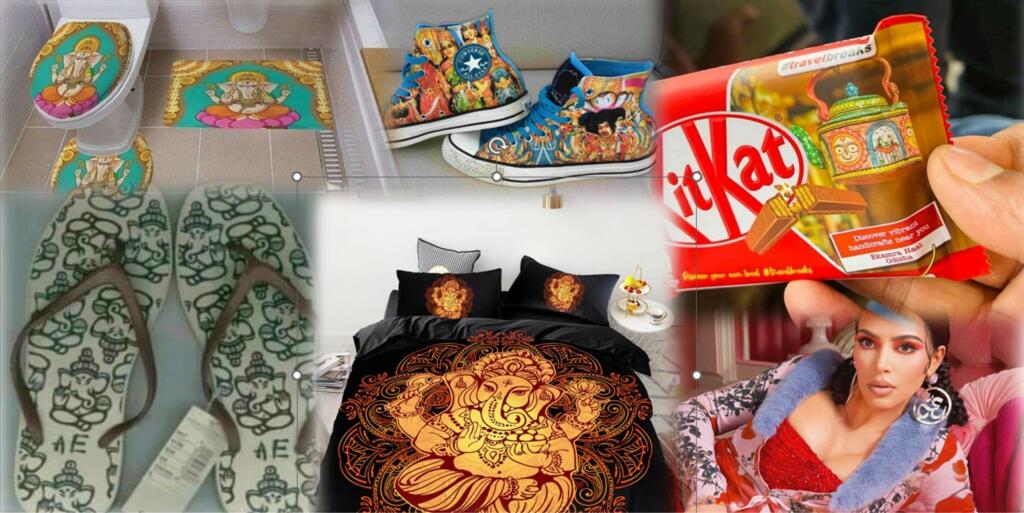Naga traditional designs: In this modern day and age, we are running for retro creation of ancient times. From clothing to showpieces, we are rejuvenating the forgotten Indian styles of glory through art.
However, in the wake of turning ourselves traditional, we often get misguided. We crave for cool designs depicting our roots, culture and tradition. But what seems savage to us, might carry an in depth story of tribal gods – which is usually distant from our knowledge.
Consumerism prefers traditional culture
Almost all of us love to surround ourselves with astounding designs en routed in our cultures. For that matter, Naga traditional designs are very popular, among others, which are basically derived from the main Nagaland and other neighbouring North-Eastern states of India. Their designs might seem unusual to us but they are significant to their culture and religion.
It has become a phenomenon for consumers to strive for traditional designs. For example, Nagaland’s mekhela chador, which is basically a black top paired with a skirt, half of a traditional ensemble. Yaknyv, which is a wedding headband. and jewelries depicting roots of various Naga tribes.
Apart from this, people love regalias like shawls, wraps and skirts of Arunachal Pradesh which showcases their cultural diversity. One of them being the Apatani tribe, which communicates the capability to turn fibres derived from goat, human hair and trees to shawls, skirts, loincloth, among others, in numerous designs.
Moreover, various mega textile brands like Fab India have attracted more consumers through their tribal depiction and designs. And not only this, but artifacts and potteries include Naga prints, which provides an aesthetic look. However, it carries various symbols and motifs which are sacred to the tribal populace.
Distorted use of symbols and pictures over the name of culture
Whether its textile, aesthetic structures or paintings, in almost everything today we strive for a glimpse of cultural flavour in it.
For example, wood-carved Naga ethnic art motifs, which primarily incorporate animal forms with a hidden part of Naga history. Wall panels etched with human figures or sculpted heads associated with fertility or the head-hunting warrior tradition are all symbolic.
Bison heads, tigers, elephants, snakes, hornbills, barbets, lizards, and monkeys are typical animal representations of variously preferred human attributes such as courage, fertility, and power or strength, which are core values of the traditional social system.
Among these, the hornbill and the Indian bison, or mithun, are the most common motifs throughout the numerous Naga tribes, implying great relevance and symbolism in Naga heritage.
Evidently, the Naga patterns and themes have evolved over centuries. However, it has already taken up space in capitalisation of these articles highlighting North eastern culture.
All of these symbols and themes that are so important to Indian culture and heritage are being inappropriately depicted. Motifs that are sacred to a specific region are being capitalised and disrespected.
As reported earlier this year, traditional designs on clothing and other materials were misrepresented. It sparked a massive debate over the protection of culture, which portrayed outrageous and defamatory depictions revered to a significant part of the Indian territory.
In light to it, the Nagaland Chief Minister Neiphiu Rio had also expressed concern over inappropriate and inaccurate use of Naga traditional designs in various fashion shows and on items that are being sold on e-commerce websites with no regard for the people who hold these holy traditional symbols. He emphasized that this misuse of traditional attires and symbols need to be guarded.
Role of GI tags in preserving the cultural ethnicity
With this, here comes the importance of Intellectual property rights and Geographical indications (GI), which provides a guarded representation to the tribal culture. It will prevent the misappropriation of our cultural ethos.
Geographical indication or GI tags is basically a sign used for products that carry a specific geographical origin and possess qualities or a reputation that are due to that origin, specifically.
It allows those with the exclusive right to use the indication to prevent its use by a third party whose product does not meet the applicable standards.
With the rise in crime, intellectual property rights are under threat, since many merchants, motivated solely by profit, sell imitations by misrepresenting and creating a false impression of the original product. There have been countless situations where the product has become the topic of heated debate.
Also Read: BJP is on a mission to make the Northeast drug-free
For instance: the misrepresentation by Kit-Kat
Time and again, various western companies and brands have used Hindu deities as an accessory or something fashionable by its inappropriate depiction.
Earlier this year, Kitkat, a popular chocolate brand was under scrutiny for its outrageous wrappers that featured an avatar of Bhagvan Vishnu.
The topic at hand was what would happen to the wrappers once the product was consumed. They will most likely be tossed in dustbins, gutters, or on roads, where they will fall under on-goers’ feet, which is outrightly disrespectful to the deities.
Just like this, there have been numerous other depictions portraying falsified representation of sacred symbols, structures or motifs, that carry a revered sentiment for millions.
In the guise of “cool design,” this is blatant disrespect. As a land of different religions, it is critical for the Indian population not to misinterpret religious symbols for a mere desperation of earning profit.
Support TFI:
Support us to strengthen the ‘Right’ ideology of cultural nationalism by purchasing the best quality garments from TFI-STORE.COM
